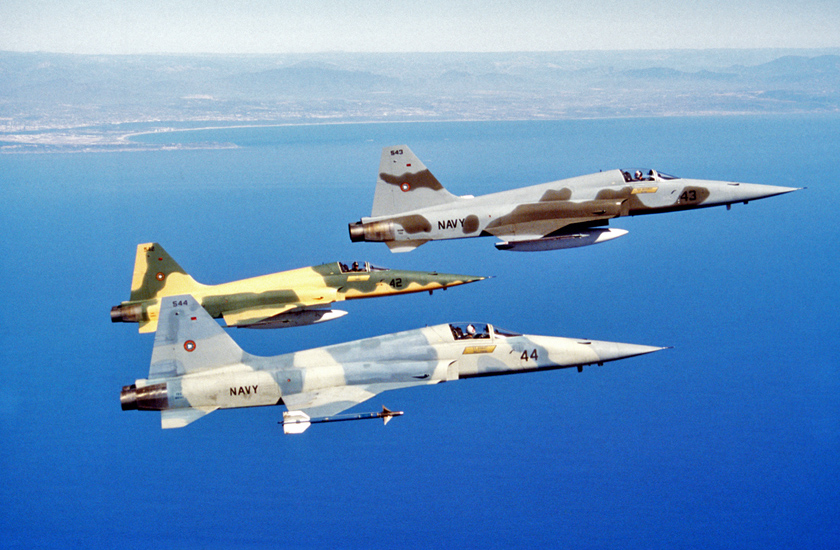Aviation in the Middle East Skyrockets
Dubai International Airport's Terminal 3 will soon be the largest building in the world by floor space when it opens in 2012. That one terminal alone will be able to accommodate 23 of the jumbo Airbus A380 aircraft at the same time and handle 43 million passengers a year.
Dubai airport became the world's third-busiest international airport this year. Passenger growth now exceeds 20% each year, and capacity is expected to reach 90 million passengers annually in the next few years, which will then overtake Heathrow Airport in London .
If that's not amazing enough, just up the roal in Jebel Ali, Al Maktoum Airport is being built. Cargo flights will begin in and out of that airport this year. When Al Maktoum is completed in 2020, it will be by far the biggest airport in the world, with five runways and an annual passenger capacity of more than 160 million people.
Not to be left behind, two other Gulf emirates, Qatar and Abu Dhabi, are at work on extraordinary airports. In Qatar, Doha International airport will open in 2012 with a capacity of 24 million passengers a year. It expects to handle 48 million passengers a year by 2015. Abu Dhabi's airport, about 50 miles from Jebel Ali, will increase its capacity to 20 million passengers a year in 2010 and to 40 million a few years later.
In summary, in five or six years from now, there will be more passenger capacity at these three Gulf airports than there is now at Healthrow, Paris Charles de Gaulle, and Franfurt Germany combined.




